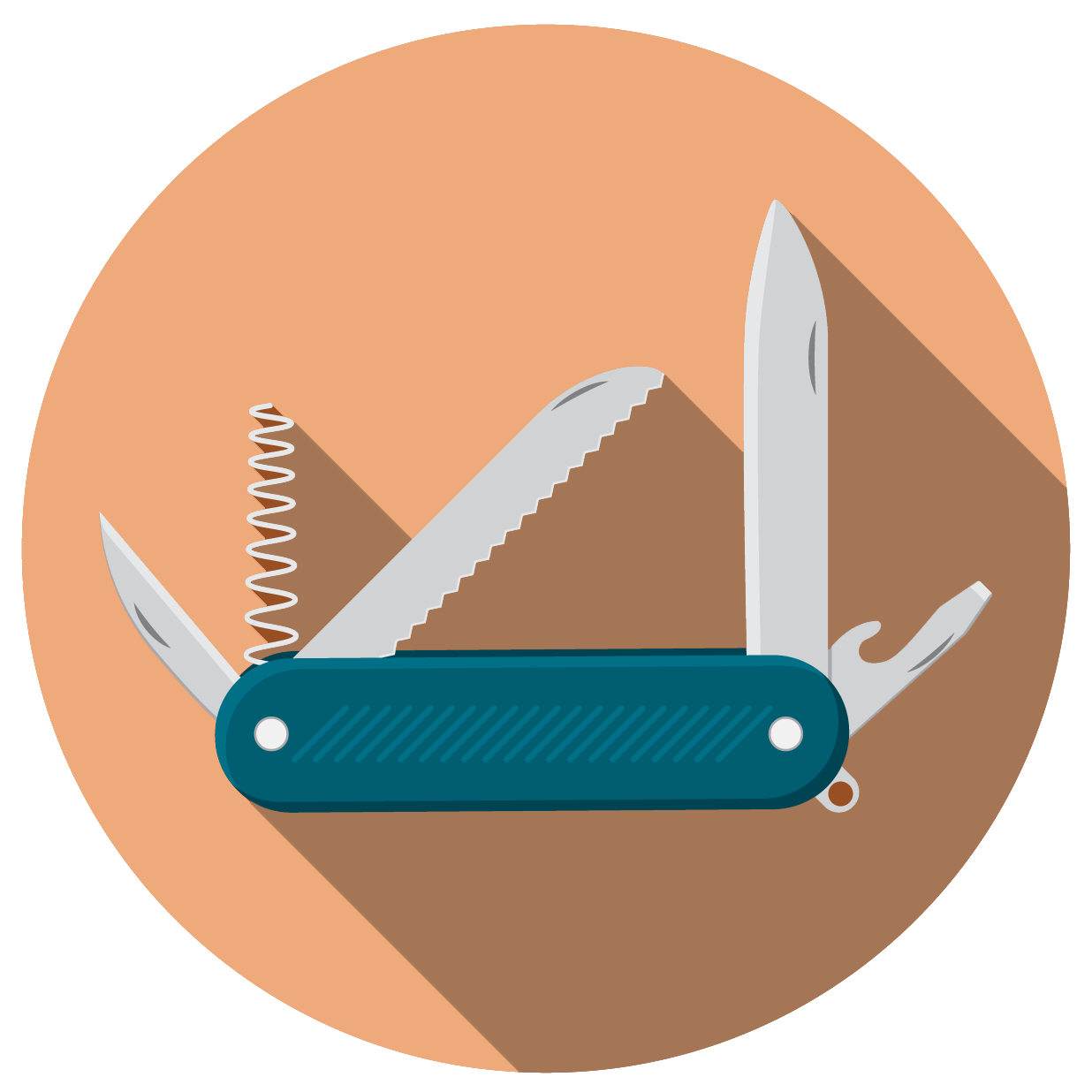
If content creation feels like it takes too long—or worse, never gets done—you’re not alone. Most coaches, service providers, and creators don’t struggle because they’re out of ideas. They struggle because their ideas are scattered, disorganized, or forgotten.
A swipe file changes that. It helps you collect and reuse the content that inspires you—so you can create faster, stay consistent, and never start from scratch again.
In this post, you’ll learn what a swipe file is, how to use one without copying, and how to organize it using our free Trello Swipe File & Content Planner Template. You’ll also get access to the full training replay and download link to make it easy to put into action.
New to AttractWell? Everything in this post can be used inside your account—no extra tools needed. Start your $1 trial here.
Need help applying this to your business? Join us for Office Hours for live support every Thursday.
What Is a Swipe File?
A swipe file is your personal inspiration library. It’s a collection of content that stands out to you—emails, headlines, CTAs, page layouts, or even testimonials—that you can adapt for your own content later.
It’s not about copying. It’s about identifying what works and turning it into something that feels true to your voice and audience. It helps you turn great examples into great starting points.
Why a Swipe File Helps You Stay Consistent
Consistency doesn’t come from motivation—it comes from systems. A swipe file is one of the simplest systems you can create. It removes the “what should I post?” barrier and helps you:
- Create content faster without reinventing the wheel
- Batch emails, posts, or campaigns more easily
- Work from real-world examples of what’s effective
- Reduce the pressure to be original every single time
When you don’t have to start from scratch, showing up becomes simpler and more sustainable.
What to Save in a Swipe File
Start paying attention to what catches your attention. Good swipe examples are everywhere. Here’s what to look for:
- Email subject lines that made you open
- Social posts that told a great story or used a strong hook
- Sales pages that felt clear, concise, or compelling
- Testimonials or phrases that reflect your audience’s voice
- Visuals or layouts that communicated simply
If something makes you stop scrolling, pay attention, or click—it’s worth swiping. Over time, you’ll build a growing vault of ideas that feel aligned with your goals and audience.
How to Organize Your Swipe File
Collecting swipe is just step one. To make it useful, you need to organize it in a way that lets you take action. That’s where our Trello-based system comes in.
We created a free Trello board that acts as both a swipe file and a content planner. Inside, you’ll find:
- 4 swipe columns: Email, Social Media, Long-Form, Website Copy
- 3 planning columns: Content Ideas, Drafts in Progress, Scheduled / Published
- Template cards with checklists and tags so you can easily save, label, and reuse ideas
You can paste text, add screenshots, link to the source, and apply tags like “CTA,” “Storytelling,” or content silos like “Mindset” or “Productivity.” You can even filter by tag when you need inspiration for a specific type of post or topic.
Your Content Workflow, Simplified
Once you’ve added swipe content to your Trello board, here’s how to turn it into published content:
- Move the card to “Content Ideas” when you’re ready to adapt it
- Use the built-in checklist to rewrite it in your own voice
- Add links or graphics as you draft your content
- Move to “Drafts in Progress” as you work on it
- Move to “Scheduled / Published” when it goes live
By tracking your work this way, you can always see what’s in development, what’s ready to share, and what’s already been used—without needing a separate spreadsheet or calendar.
Best Practices for Swipe Success
- Save selectively: Don’t collect everything—only what feels useful or inspiring
- Write notes: Why did this catch your attention? What might you do with it?
- Label clearly: Use tags to sort by content type, tone, or goal
- Review regularly: Look through your board when planning or batching
- Swipe responsibly: Always adapt. Never copy word-for-word.
A good swipe file becomes more useful the more you engage with it. Think of it like a muscle—you build it by using it.
Real Examples of Swipe in Action
Here’s how you might turn swipe into finished content:
- You save an email subject line with a curiosity hook → You adapt it for your next nurture sequence
- You screenshot a social post that blends personal story with a CTA → You use the same structure for your own story-based post
- You love the way a landing page lays out a testimonial → You use the format to refresh your About page
These aren’t big, time-consuming changes. They’re small, strategic shifts that help you create with more ease and confidence.
🎥 Watch the Replay + 📥 Download the Resource
This week’s Office Hours training walks through the full swipe file system—how to collect, tag, plan, and publish using the free Trello board we’ve created for you.
We’ll show you how to:
- Swipe inspiration from emails, websites, and social feeds
- Use tags and labels to filter what you’ve saved
- Turn inspiration into finished content using a repeatable workflow
Build a Content System That Works for You
A swipe file isn’t just a convenience—it’s a creative safety net. It keeps your ideas organized, your process streamlined, and your content flowing even on the days when inspiration is low.
Instead of scrambling for what to post or write, you’ll have a growing, searchable bank of ideas ready to go—already proven to resonate, and tailored to your voice.
👉 Start your $1 trial here to access your blog, email, and automation tools—and start putting this system to work today.
📅 Join us for Office Hours to get walkthroughs, live help, and personal support every Thursday.












0 Comments